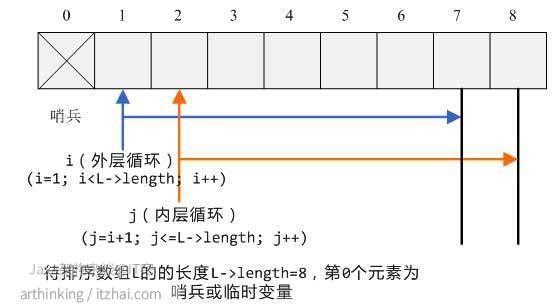这里介绍的是最简单的排序算法:初级版的冒泡排序算法,属于交换排序算法。
冒泡排序:是一种交换排序算法,它的基本思想是:比较两两相邻的元素,如果发现反序就交换位置,直到循环处理完所有的元素为止。
这里所介绍的初级版的冒泡排序算法的效率是非常低的。

1 |
|
这里介绍的是最简单的排序算法:初级版的冒泡排序算法,属于交换排序算法。
冒泡排序:是一种交换排序算法,它的基本思想是:比较两两相邻的元素,如果发现反序就交换位置,直到循环处理完所有的元素为止。
这里所介绍的初级版的冒泡排序算法的效率是非常低的。

1 |
|
本文作者: arthinking
本文链接: https://www.itzhai.com/data-structure-notes-the-simplest-sort-sorting-algorithm-to-achieve-the-primary-version-of-the-bubble-sort.html
版权声明: 版权归作者所有,未经许可不得转载,侵权必究!联系作者请订阅本站。
订阅及时获取网站内容更新。

当前电量:100%
